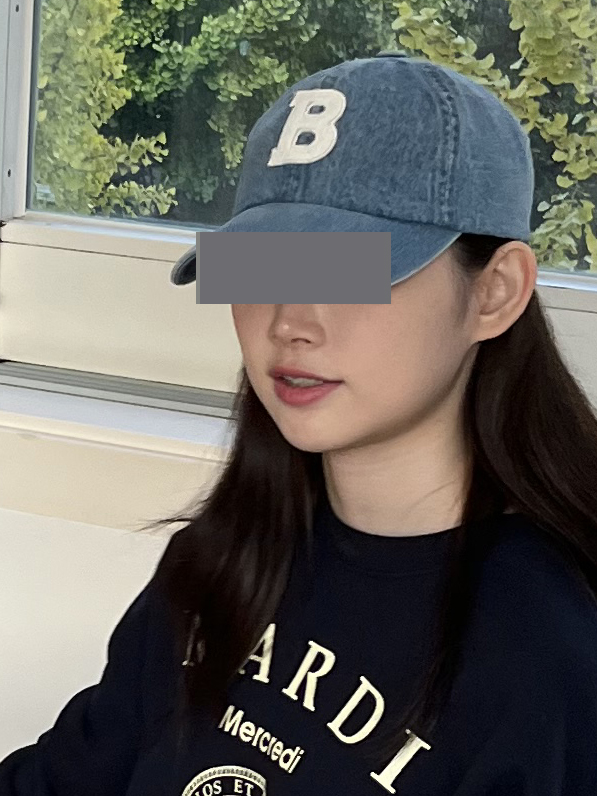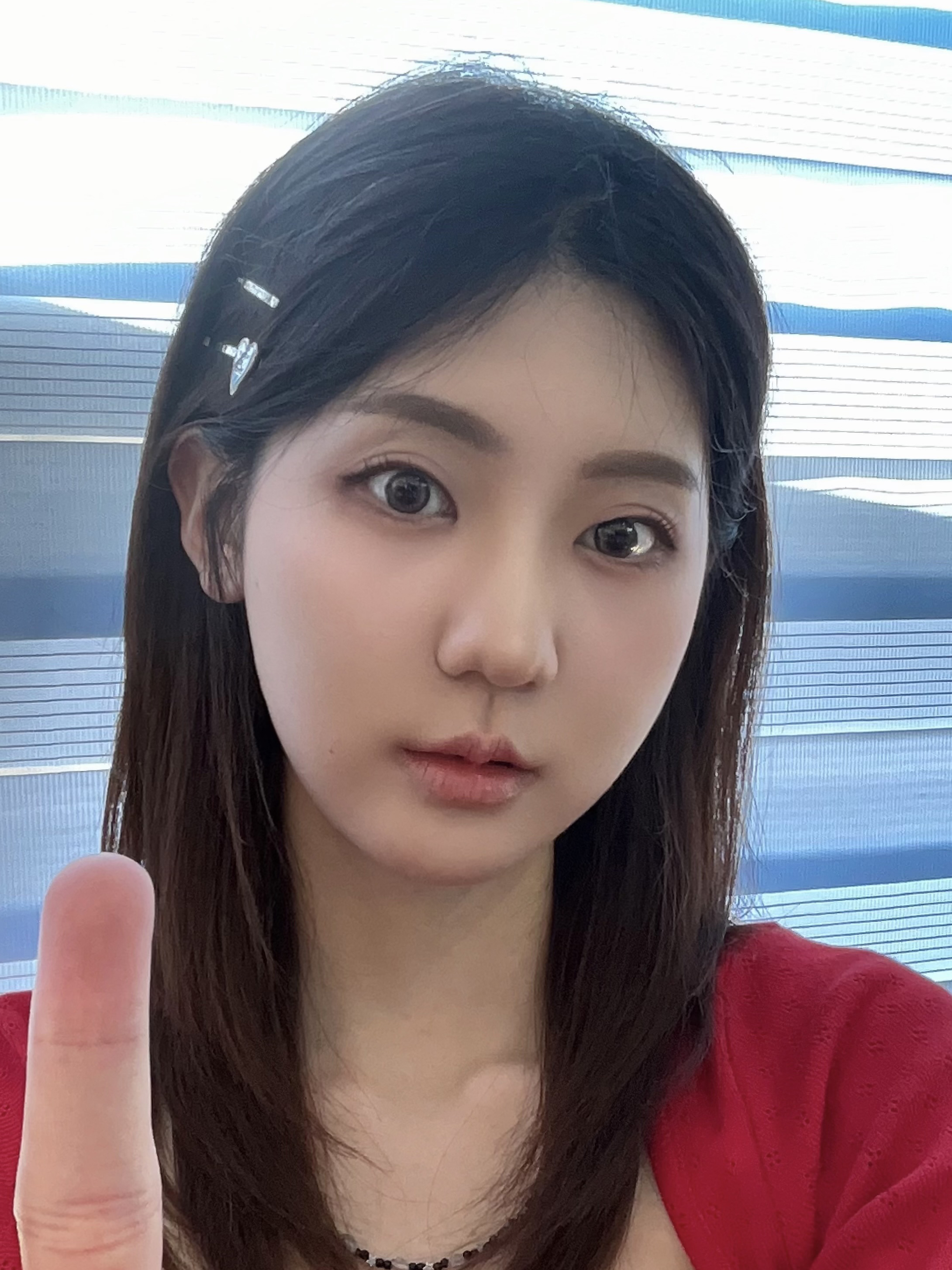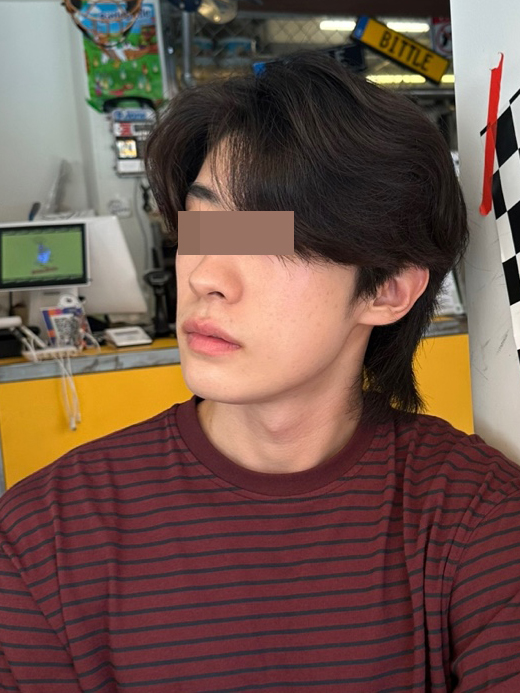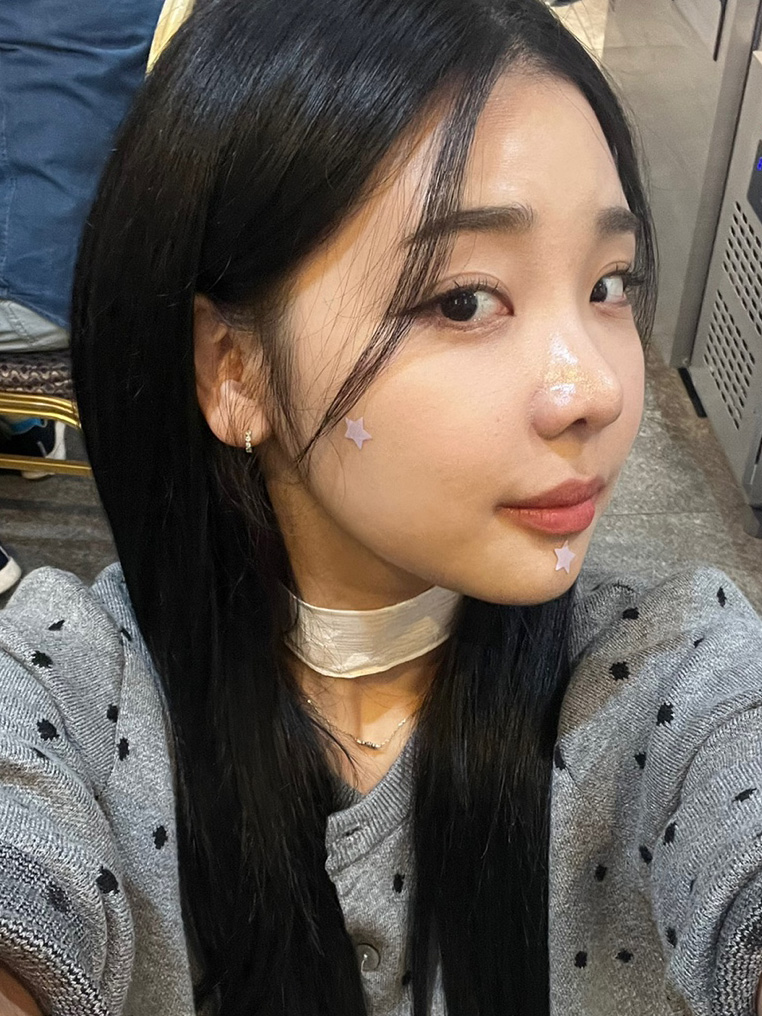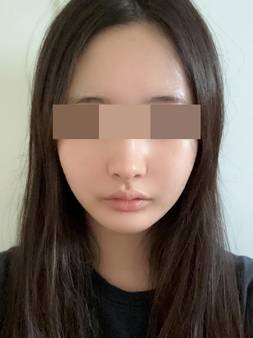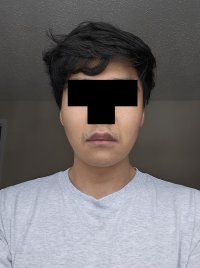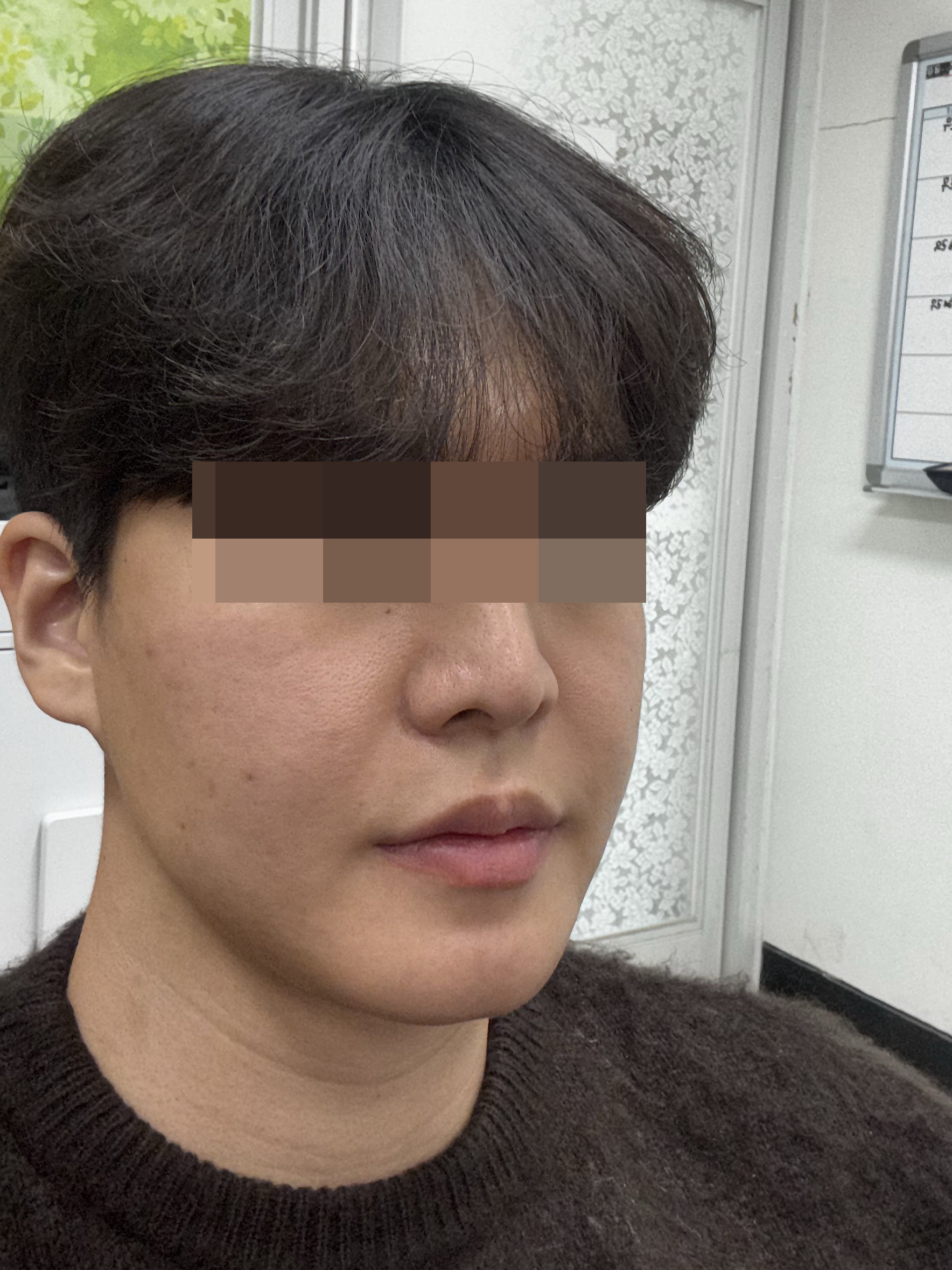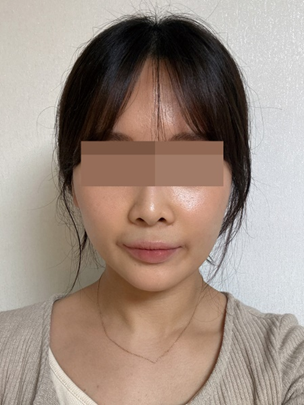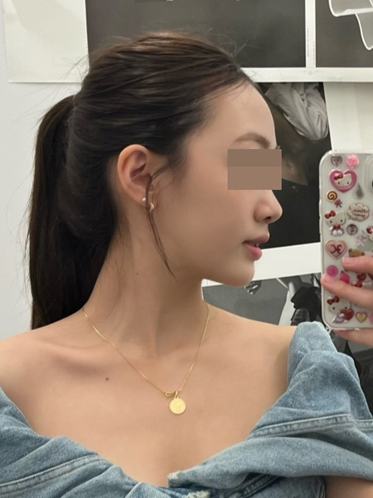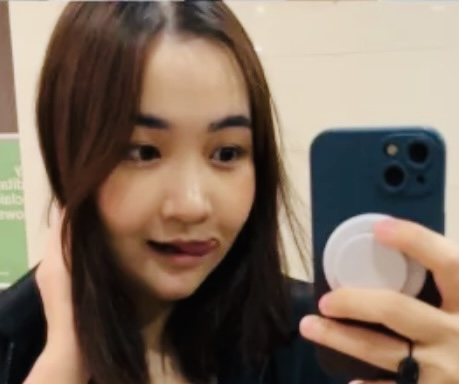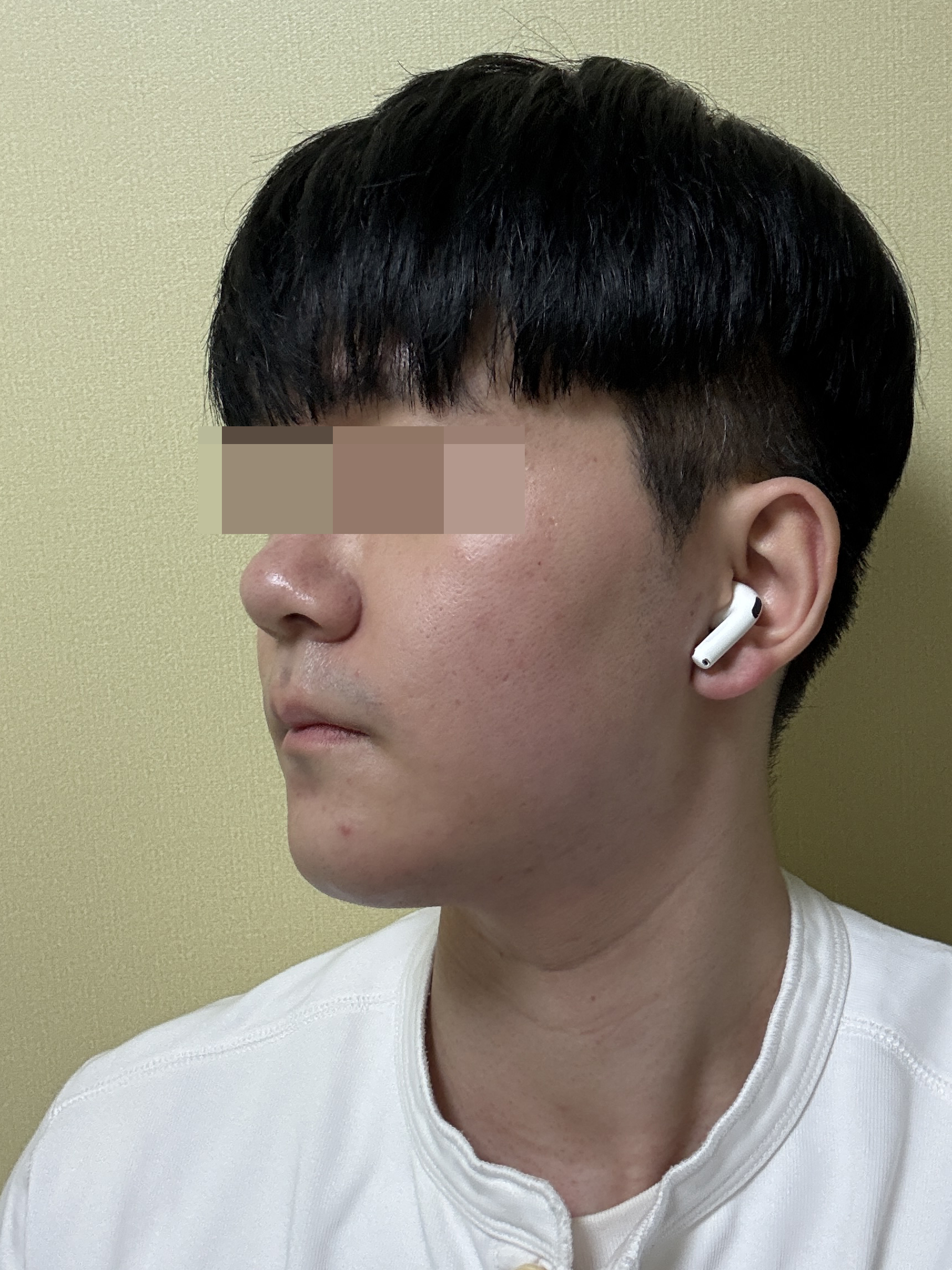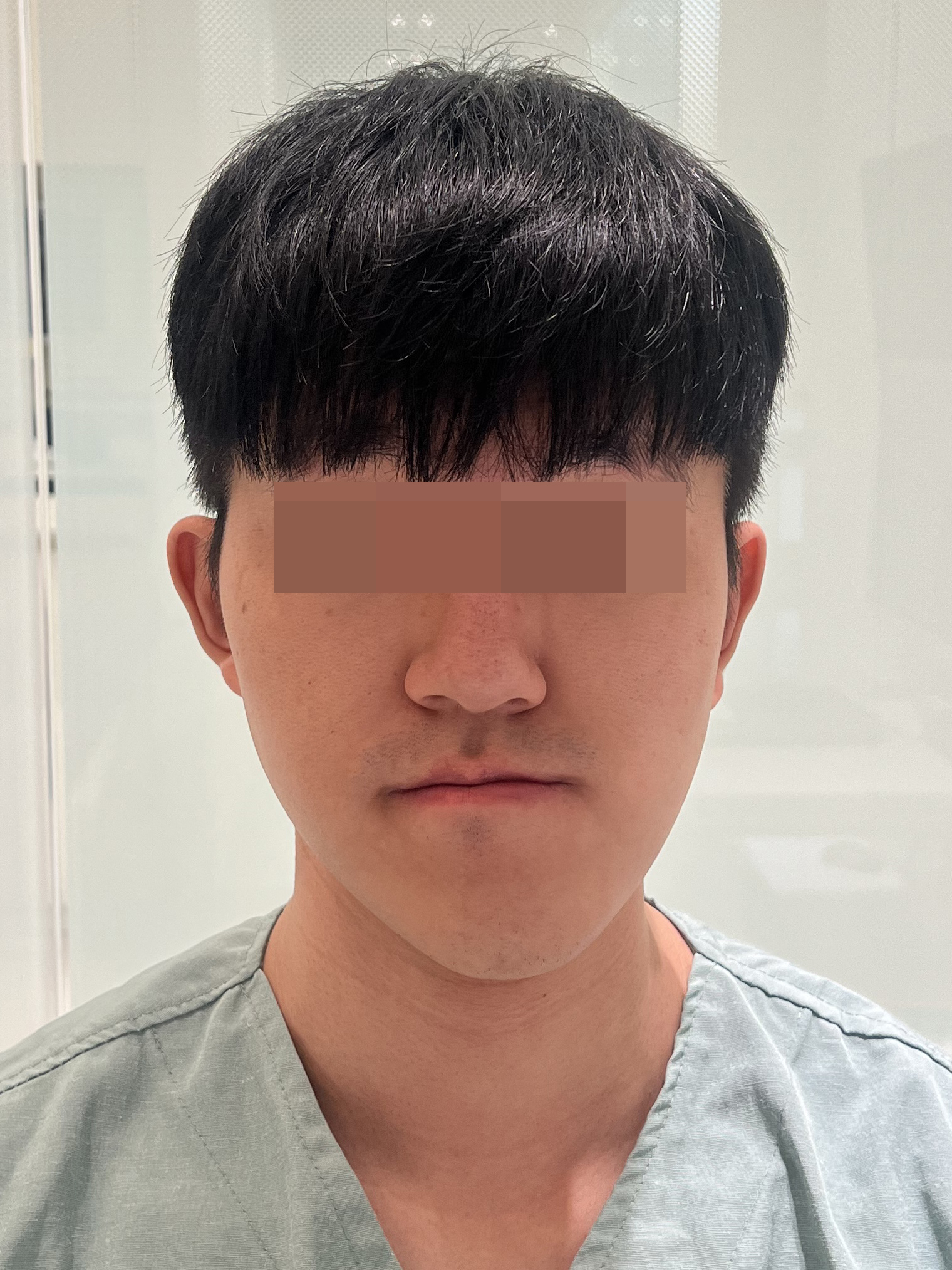
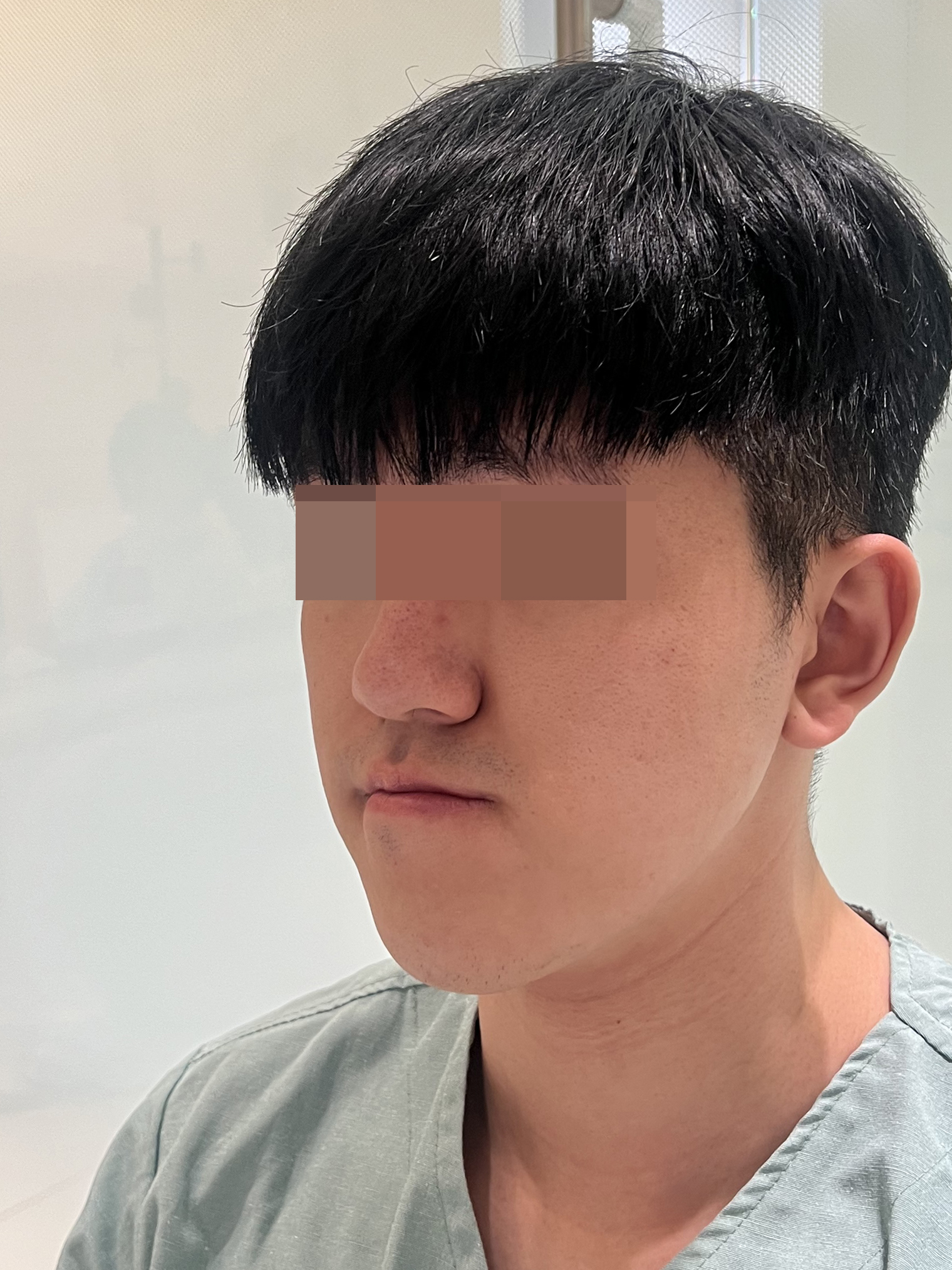
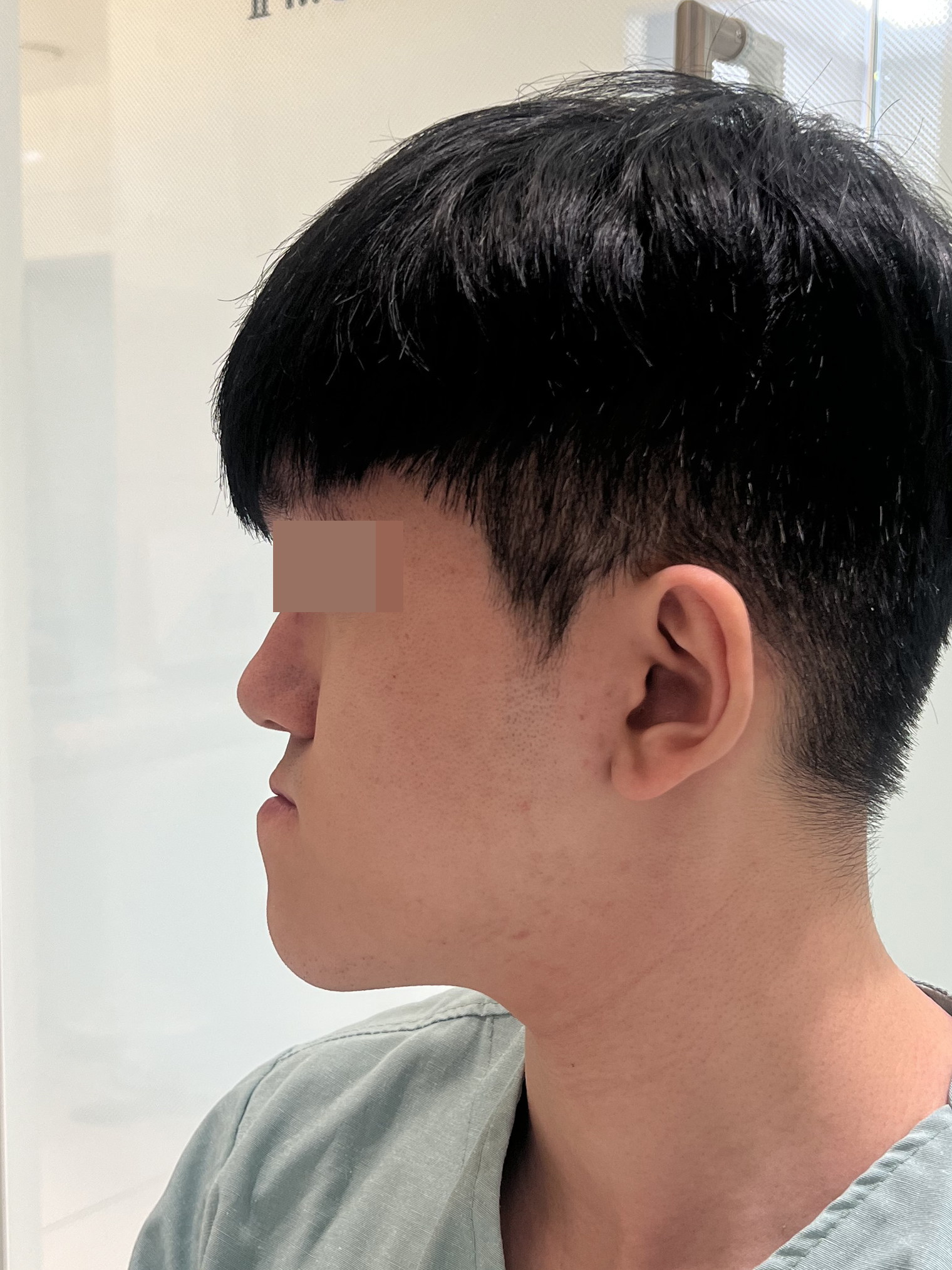
<Before Surgery>
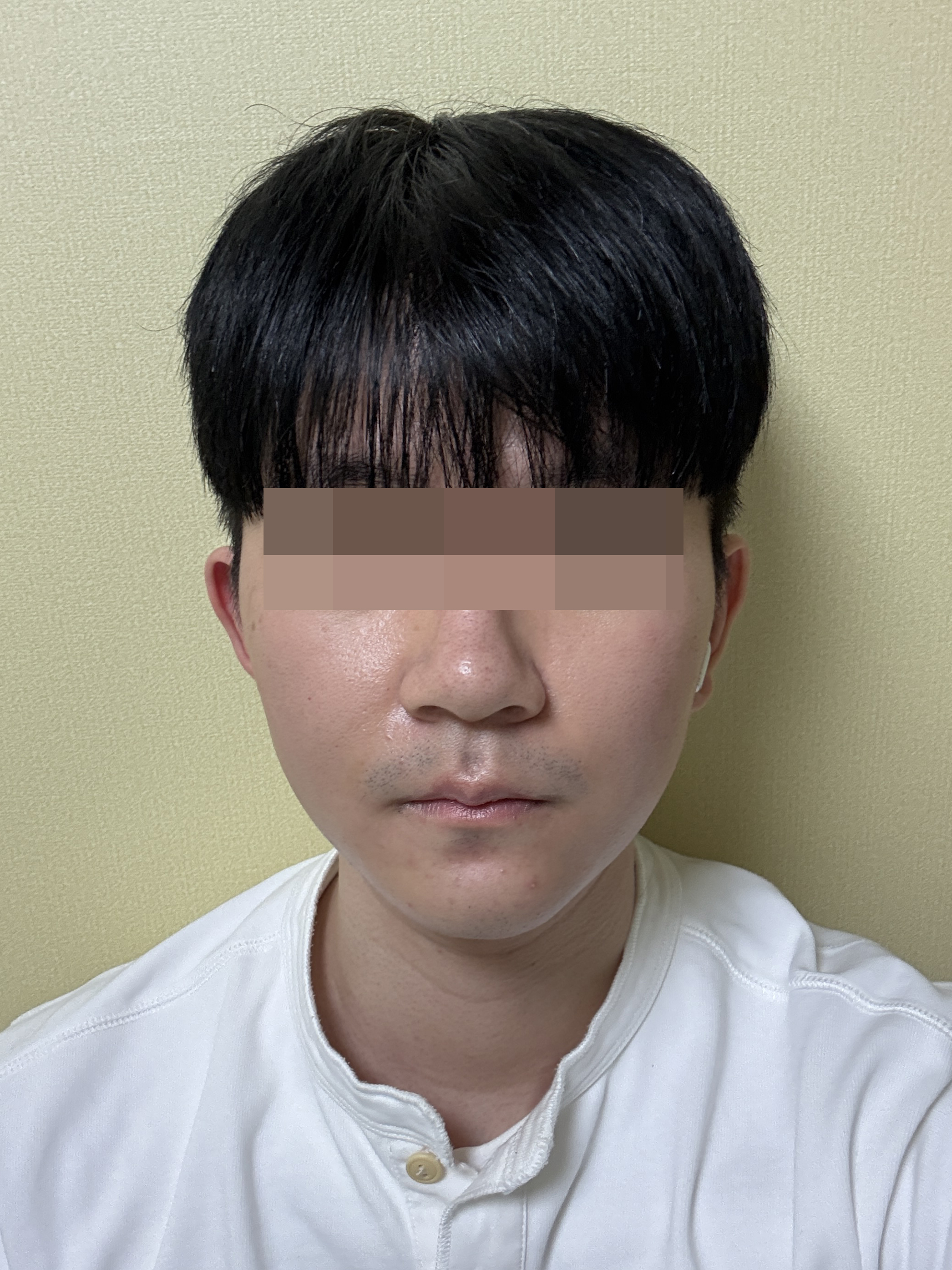
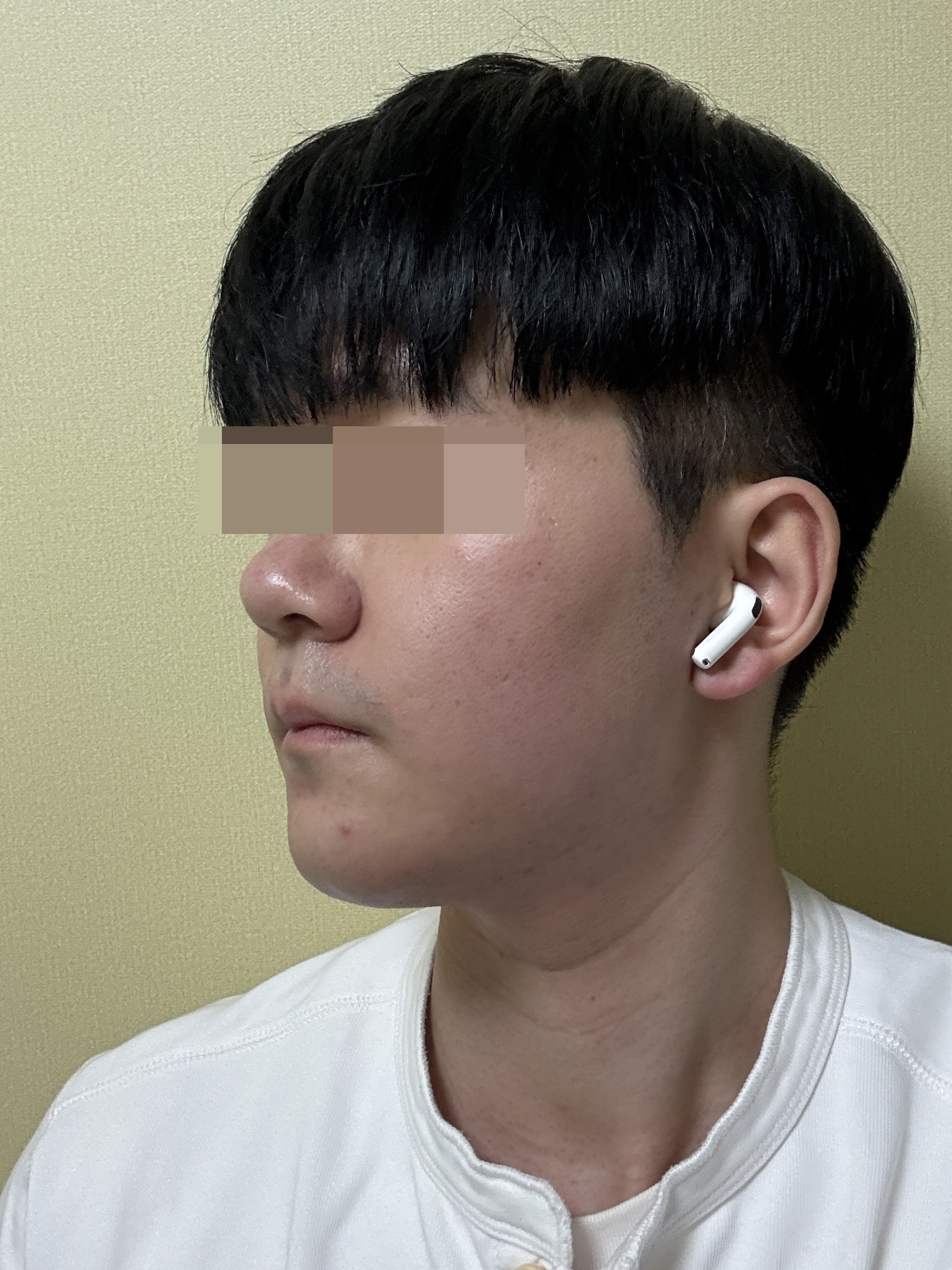
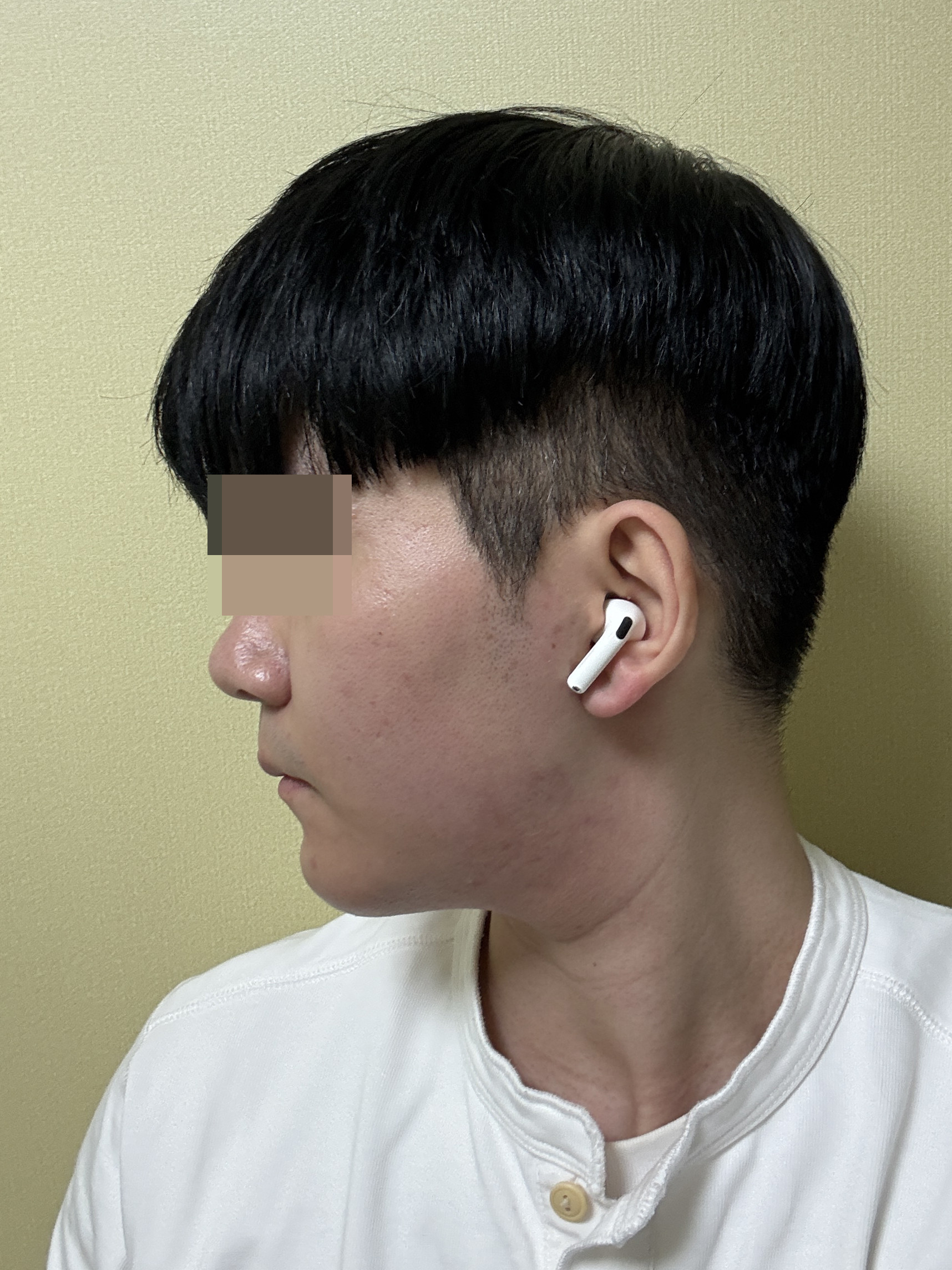
<After Surgery>
Since elementary school, I had difficulty chewing with my left teeth, so I always chewed only on the right side. Every time I visited a dentist, I was told that I needed orthodontic treatment. When I visited an orthodontic clinic, they said I might need double jaw surgery as an adult.
As my jaw grew, I began to struggle with an underbite and facial asymmetry. It was a constant concern. I was often teased and even strangers would comment about my jaw, which was very stressful.
While researching hospitals, a friend from the military recommended WHY Oral & Maxillofacial Surgery. I made an appointment and visited the clinic during my military leave.
During my first consultation, the doctor’s explanations and trustworthy demeanor made me feel confident, so I chose the clinic without looking into others.
I decided to undergo double jaw surgery and two types of contouring (square jaw + chin). I was advised that pre-surgical orthodontics would lead to better results, so I visited the clinic for orthodontic treatments every time I was on leave.
Day of Surgery
I had to arrive at the clinic by 9:40 AM, so I got up early, washed up, and headed there.
I was nervous and anxious on the way, so I watched “Lee Seokjae’s Double Jaw Life” on YouTube.
After arriving at the clinic, I was briefed, changed clothes, and went into the operating room. After inhaling the anesthetic gas, I don’t remember anything. I woke up after 3 PM.
Breathing was extremely difficult that day. I struggled so much that the nurse even cut the rubber band for me and removed the urine catheter. I tried to breathe by walking around the clinic and swallowing phlegm.
The nurses were very helpful, and I’m really thankful for that.
Day 2
Breathing was still very difficult. My throat was filled with phlegm, and although saliva was flowing from my mouth, I struggled because of the heavy phlegm in my throat.
They gave me Newcare (liquid nutrition) and water, but my throat was too swollen, and perhaps due to the phlegm, I could barely drink anything.
More than the pain, it was the breathing and drinking that were the hardest. I kept walking around the clinic to try and swallow the phlegm.
Day 3
This was the day I got discharged. I listened to the post-op care instructions and then left the hospital.
From this day, I could finally breathe through my nose, which made things a lot more bearable. I started drinking small amounts of Newcare.
I also tried to swallow the powder medicine mixed in liquid medicine bottles—it was tough, but I did my best. Breathing became easier once I started taking the medicine.
Day 4
I went out for a walk. I heard that taking care of the swelling is important, so I tried to go outside at least once a day.
I also did ice packs regularly whenever I had time.
Days 5–7
Staying home constantly was driving me crazy, so I went out for a walk and even visited a PC café for an hour.
I started drinking misugaru (Korean grain shake) from cafés—about two cups a day. I also drank Newcare when I felt hungry.
Day 8
It was my hospital visit day. The swelling had gone down significantly compared to the beginning. Walking really helps with reducing swelling.
At the hospital, they did a quick disinfecting procedure and used a device for reducing swelling for 30 minutes.
Days 9–2 Weeks
I walked a lot and frequently went to PC cafés. Sitting and playing games seemed to help reduce swelling better than lying down.
Stitch Removal Day
My condition wasn’t great that day. I had seen many reviews saying that stitch removal was very painful, so I went to the hospital feeling nervous and anxious.
While they were removing the stitches, I started sweating cold and hyperventilating—it was tough. Looking back, it wasn’t actually that painful, but I was so tense and in poor condition that I reacted that way.
Stitch removal itself isn’t that bad, so don’t worry too much when your turn comes.
I also practiced changing the rubber bands, which was really difficult at first.
It took me over an hour the first time at home .
But once you get the hang of it, it becomes easier.
Now I can eat soft foods like steamed eggs or soft tofu, which finally made me feel human again.
The people around me have reacted very positively to the surgery. Although I still have swelling, people tell me it looks like the surgery went really well and that I made a good decision.
Even to me, my face looks much smaller, and the asymmetry has improved a lot.
I still can’t eat a lot of foods, which is frustrating, but I truly believe the surgery was worth it!

